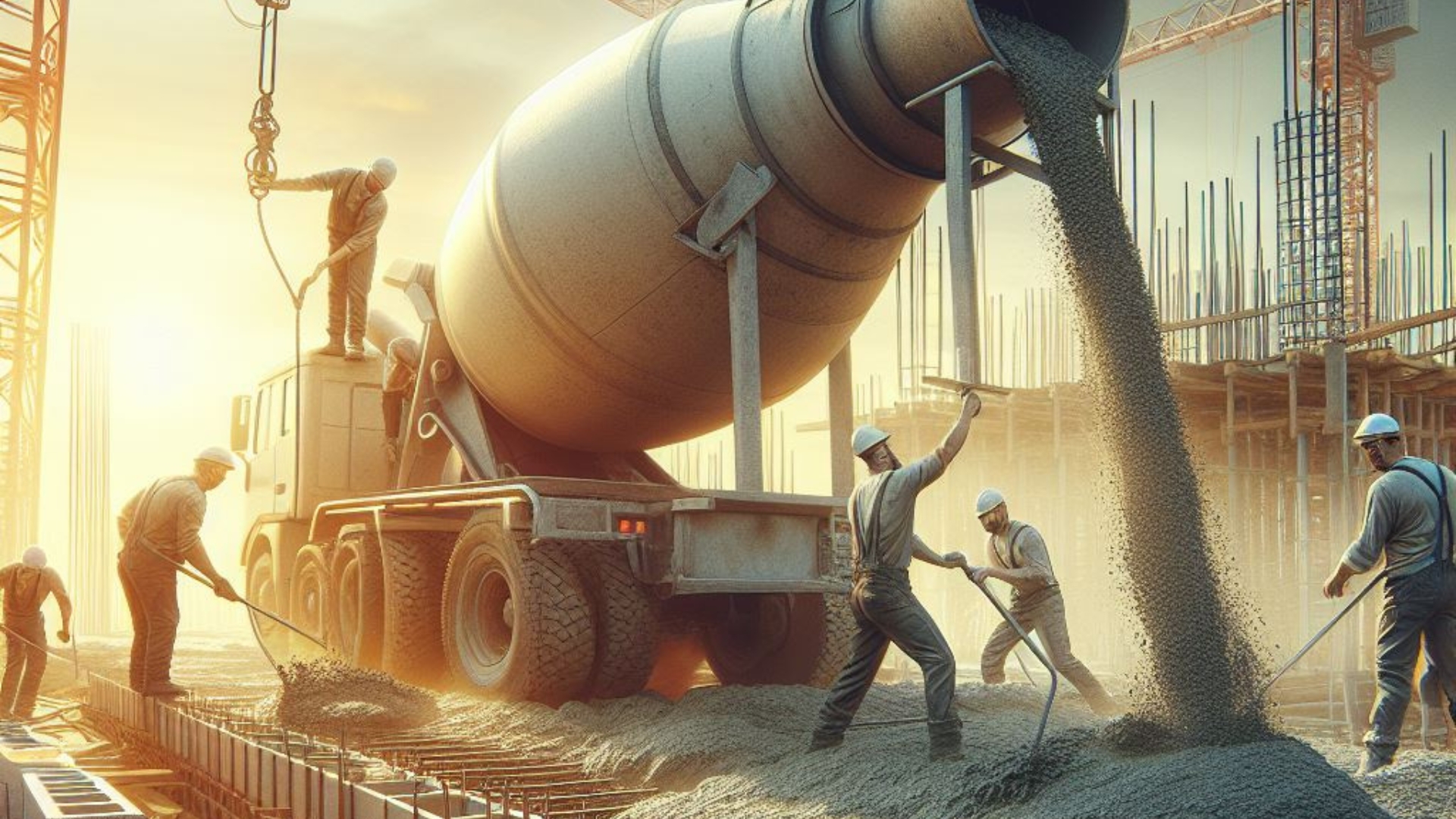Master the art of block wall installation in Qatar! This definitive guide explores essential techniques, regulations, and best practices for constructing sturdy and long-lasting block walls for your Qatari project.
Understanding Block Walls and Their Applications in Qatar
Block walls, constructed using concrete or other masonry units, are a prevalent construction method in Qatar due to their numerous advantages:

Durability:
Block walls can withstand harsh weather conditions, common in Qatar’s desert climate, providing excellent resistance to heat, wind, and seismic activity.
Versatility:
Block walls can be used for various applications, including foundations, retaining walls, boundary walls, and even decorative purposes.
Cost-Effectiveness:
Compared to traditional brick-and-mortar construction, block walls can be a more economical option.
Speed of Construction:
Block walls can be built relatively quickly and efficiently, contributing to faster project completion times.
Essential Steps for Block Wall Installation in Qatar
Installing a block wall in Qatar requires careful planning, adherence to regulations, and skilled execution. Here’s a breakdown of the crucial steps involved:
1. Site Preparation and Planning

Land evaluation:
A geotechnical assessment is essential to determine soil conditions and ensure the foundation can support the block wall’s weight.
Design and permits:
Obtain necessary permits from the local authorities and have a qualified engineer design the block wall based on site specifics and building codes.
Surveying and Layout:
Accurately mark the wall’s location and footprint to ensure proper alignment and level.
2. Foundation Installation

Excavation:
Excavate the trench for the foundation based on the engineer’s specifications.
Footing and Backfill:
Pour the concrete footing to create a solid base for the block wall. After the footing cures, backfill the excavated area with compacted material.
3. Block Wall Construction

Block Selection:
Choose high-quality concrete blocks appropriate for the wall’s purpose and load-bearing capacity. Consider factors like fire ratings and insulation properties when selecting blocks.
Laying the Course:
Begin laying the first course of blocks on the cured foundation, ensuring proper alignment and level using a level and masonry line.
Mortar and Reinforcement:
Use appropriate mortar mix to bind the blocks together. In some cases, steel rebar may be required for added reinforcement.
















